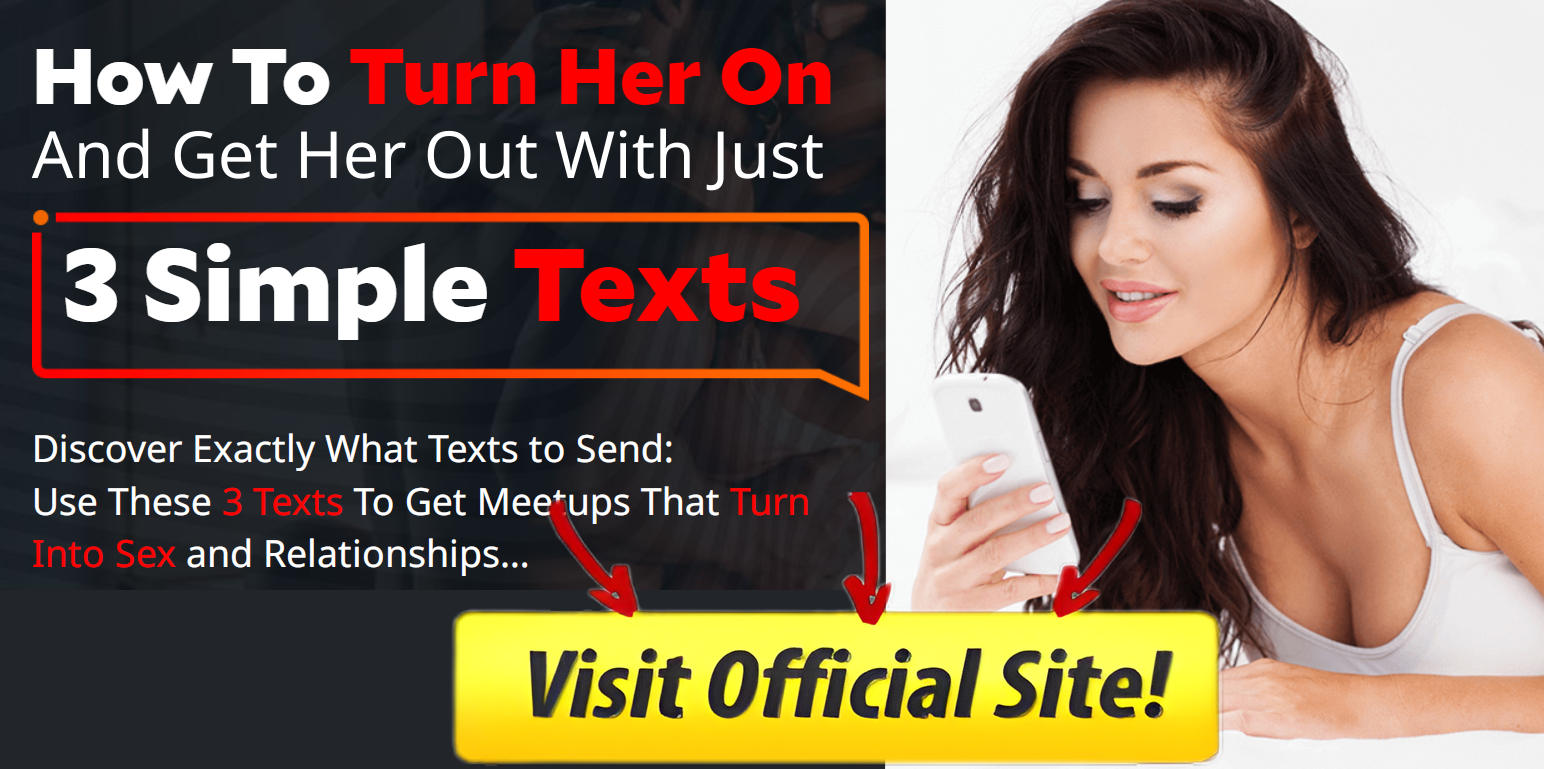What types of messages does “Magnetic Messaging” recommend using?
“Magnetic Messaging” by Bobby Rio and Rob Judge provides a variety of message types that are strategically designed to build attraction, maintain engagement, and move the conversation forward. Here are the main types of messages the program recommends using:
1. Playful and Flirty Messages
- Purpose: To create attraction and keep the conversation light-hearted and fun.
- Examples: Teasing messages, playful banter, or humorous comments that show confidence and wit.
- Usage: These messages are typically used in the Attraction Phase of the Key Lock Sequence to spark interest and make the interaction enjoyable.
Example: “I bet you’re the kind of girl who steals all the blankets at night.”
2. Curiosity-Driven Messages
- Purpose: To pique her interest and make her eager to know more.
- Examples: Messages that drop hints or ask intriguing questions without giving away too much.
- Usage: These messages are effective at any stage but are particularly useful in maintaining engagement and keeping the conversation going.
Example: “I just thought of something that totally reminds me of you… but it’s too crazy to text.”
3. Qualification Messages
- Purpose: To subtly challenge her and encourage her to invest in the conversation by proving her worth.
- Examples: Questions or statements that require her to think about her responses and demonstrate her qualities.
- Usage: These messages are primarily used in the Qualification Phase to deepen her emotional involvement.
Example: “So what makes you different from all the other girls out there?”
4. Comfort-Building Messages
- Purpose: To establish trust and create a deeper emotional connection.
- Examples: Personal stories, meaningful questions, or sincere compliments that foster intimacy and comfort.
- Usage: These messages are used in the Comfort Phase of the Key Lock Sequence to transition from playful banter to more substantial conversation.
Example: “What’s one thing you’re really passionate about?”
5. Callback Humor Messages
- Purpose: To create a sense of continuity and shared history by referencing previous jokes or topics.
- Examples: Bringing up an inside joke or a shared experience from earlier in the conversation.
- Usage: These messages help to reinforce the connection and make the interaction feel more personal.
Example: “I’m still not convinced you could win in a dance-off, by the way…”
6. Texting Cliffhanger Messages
- Purpose: To leave the conversation on an intriguing note, compelling her to want more.
- Examples: Ending the conversation with a hint or an unresolved topic that she’ll want to revisit.
- Usage: These messages are useful when you want to create anticipation and ensure she’s looking forward to your next interaction.
Example: “There’s something I’ve been meaning to tell you, but I think it’s better said in person…”
7. Jealousy Plotline Messages
- Purpose: To subtly create a sense of competition or jealousy that intensifies her interest.
- Examples: Casual mentions of other women or social activities that suggest you have options without being overtly boastful.
- Usage: These messages should be used sparingly and carefully to enhance your perceived value and desirability.
Example: “Had an interesting night out with some friends. You would’ve had a blast.”
8. Re-engagement Messages
- Purpose: To revive a conversation after it has stalled or if she hasn’t responded in a while.
- Examples: Light-hearted or humorous messages that acknowledge the gap in communication without seeming needy.
- Usage: These are effective for re-opening a conversation in a casual and non-desperate manner.
Example: “Did you get abducted by aliens, or are you just super busy? :)”
9. Compliment Messages
- Purpose: To make her feel good about herself and show your appreciation without coming across as too eager.
- Examples: Compliments that are specific and framed in a playful or teasing manner to avoid sounding overly serious or desperate.
- Usage: These messages are best used after some rapport has been established to reinforce positive feelings.
Example: “I love how you always have something interesting to say. It’s refreshing.”
10. Open-Ended Questions
- Purpose: To encourage her to share more about herself and keep the conversation flowing.
- Examples: Questions that can’t be answered with a simple “yes” or “no,” prompting her to elaborate and engage more deeply.
- Usage: These are versatile and can be used throughout the conversation to maintain engagement and discover common interests.
Example: “What’s your idea of a perfect weekend?”
Conclusion
The types of messages recommended by “Magnetic Messaging” are all about creating a dynamic and engaging interaction that builds attraction and deepens connection. The program emphasizes the importance of using a variety of message types to keep the conversation fresh, interesting, and moving forward. By understanding and applying these different messaging strategies, men can significantly improve their texting skills, making their interactions more effective and enjoyable.

